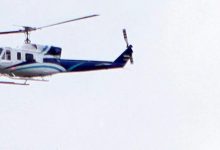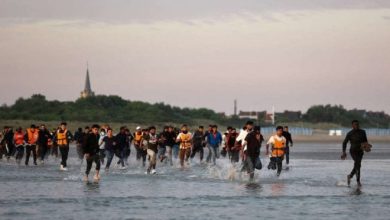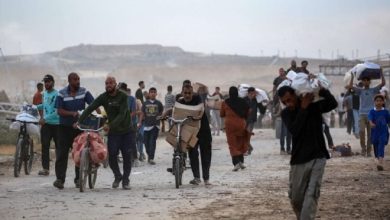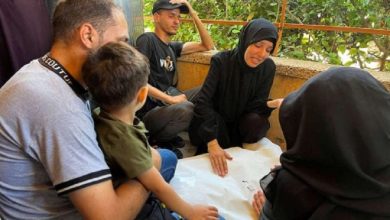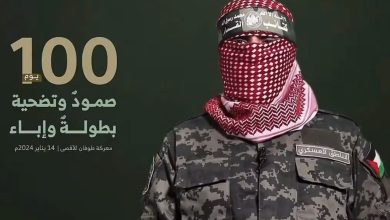Mystery and Tragedy: The Helicopter Crash of Iranian President Ebrahim Raisi

Watan-Shocking information continues to emerge about the disaster of the helicopter crash that killed the late Iranian President Ebrahim Raisi and his companions, especially since a great deal of mystery still surrounds the incident.
Raisi perished in the crash of his helicopter on May 19, along with seven other people, including Iranian Foreign Minister Hossein Amir-Abdollahian.
When the helicopter carrying the Iranian president disappeared, initial reports indicated that there were nine passengers on board, including two of Raisi’s personal bodyguards.
However, after the helicopter wreckage was finally found, the number of bodies was eight, according to “Time” magazine.
The Mystery of the Second Bodyguard
Four days after the incident, the secret of the second bodyguard was revealed in social media posts, where Jawad Mehrbal was seen mourning at the back of Raisi’s memorial service.
Reports stated that his superior, Mehdi Mousavi, had removed him at the last moment from the president’s helicopter to one of the other two helicopters that were flying in the convoy that day.
The Wreckage of the President’s Helicopter
After Mousavi’s death in the crash, his father told Iranian state television that he knew his son would not return from this trip.
The father said in front of the camera, “The night before the trip, he visited us. He said goodbye, got in his car but then returned and stayed another 20 minutes. He left again, but after a short distance, he came back and spent another 10 minutes with us. The third time he said goodbye, he kissed his mother’s feet, kissed me, then bowed and kissed my feet.”
He continued, “At that moment, I knew he would go and never return, and I knew we would never meet again.”
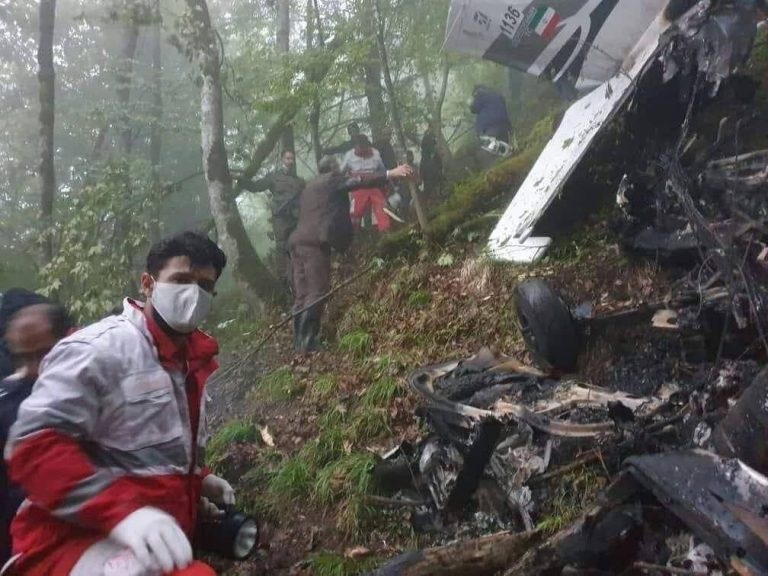
Members of the Revolutionary Guard
The personal bodyguards were members of a special unit of the Islamic Revolutionary Guard Corps, the military force established in 1979 to replace the Iranian army, which the new religious government did not trust.
Their unit, known as “Ansar al-Mahdi,” is responsible for the personal security of the senior officials of the regime. To achieve this, its members carry specially equipped phones not only for secure communication but also for location tracking.
The device Mousavi carried on board the helicopter was supposed to help locate the helicopter, which crashed in a rugged area not far from Iran’s border with Azerbaijan.
However, it took rescuers 16 hours to reach the crash site.
A Great Need for Explanations
“Time” magazine stated that some questions have explanations, as it was said that the transponder on the aircraft carrying senior officials was turned off as a routine matter, fearing tracking by hostile governments.
When the helicopter crashed on a wooded hilltop in northwestern Iran, one passenger survived long enough to retrieve the pilot’s cell phone and tried to describe the area, but he died while waiting for rescue.
There are still other questions that can be answered through a technical investigation of the incident. Raisi’s chief of staff, who was flying on another helicopter, said that shortly before its disappearance, the pilot of the president’s helicopter ordered the other helicopters to ascend to rise above the clouds stuck to the hills.
The other two helicopters did so, but the president’s helicopter was not heard from again.
Some information, although interesting, remains open to interpretation in any direction.
For example, Iranians view Mousavi’s father’s story as evidence of a conspiracy, which is not unprecedented in a regime described by the magazine as known for its opacity and brutality.
Raisi’s elderly mother increased these speculations when she appeared in a video, visibly upset, calling for the killing of “those who killed him.”

